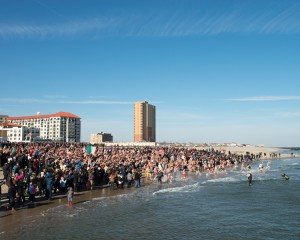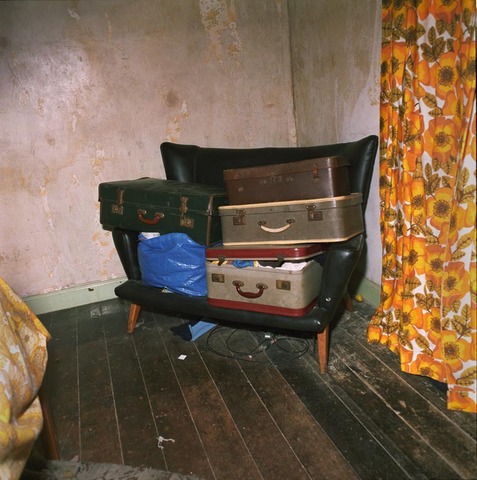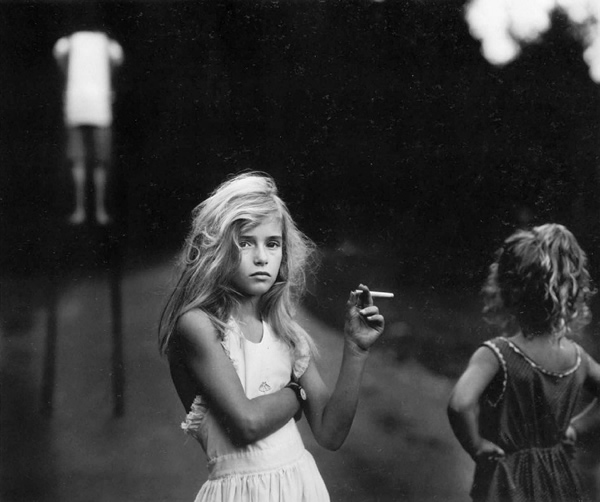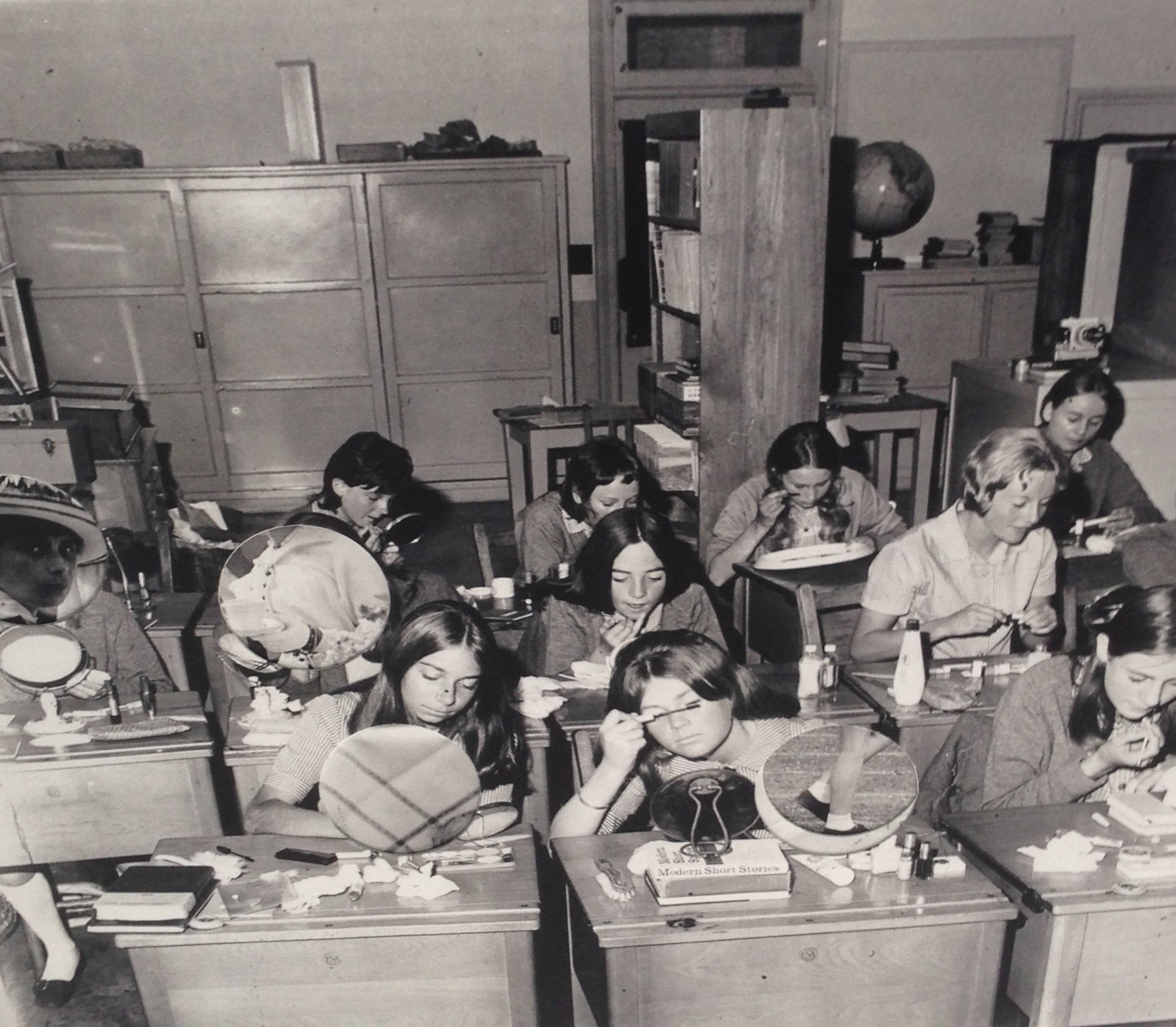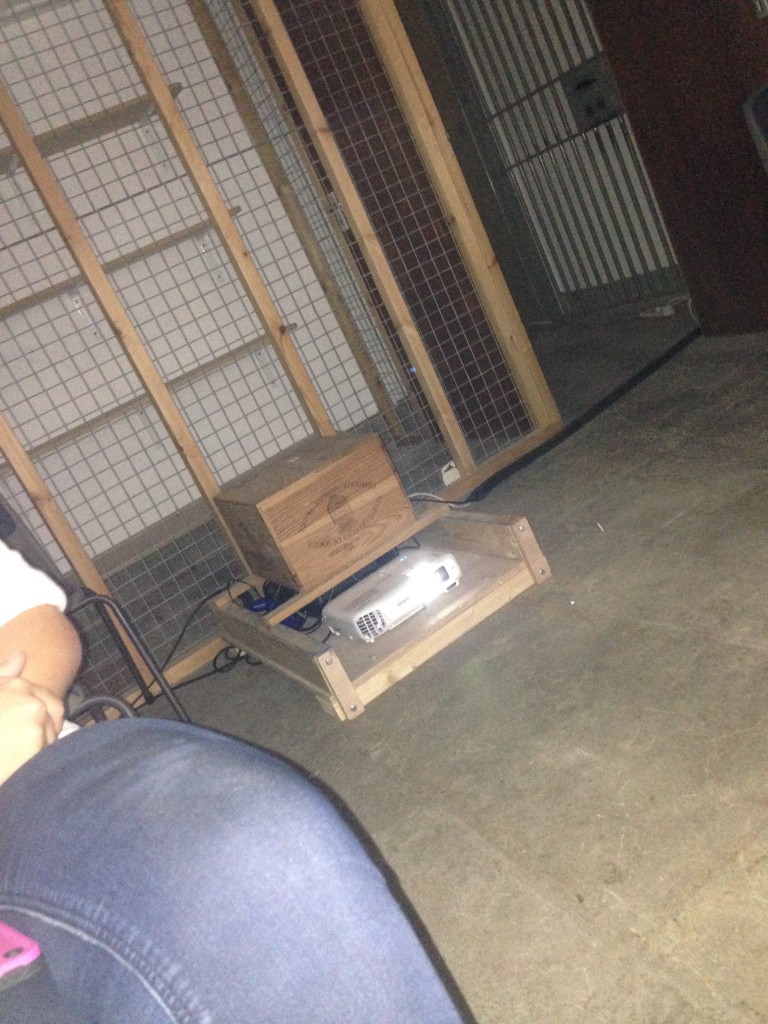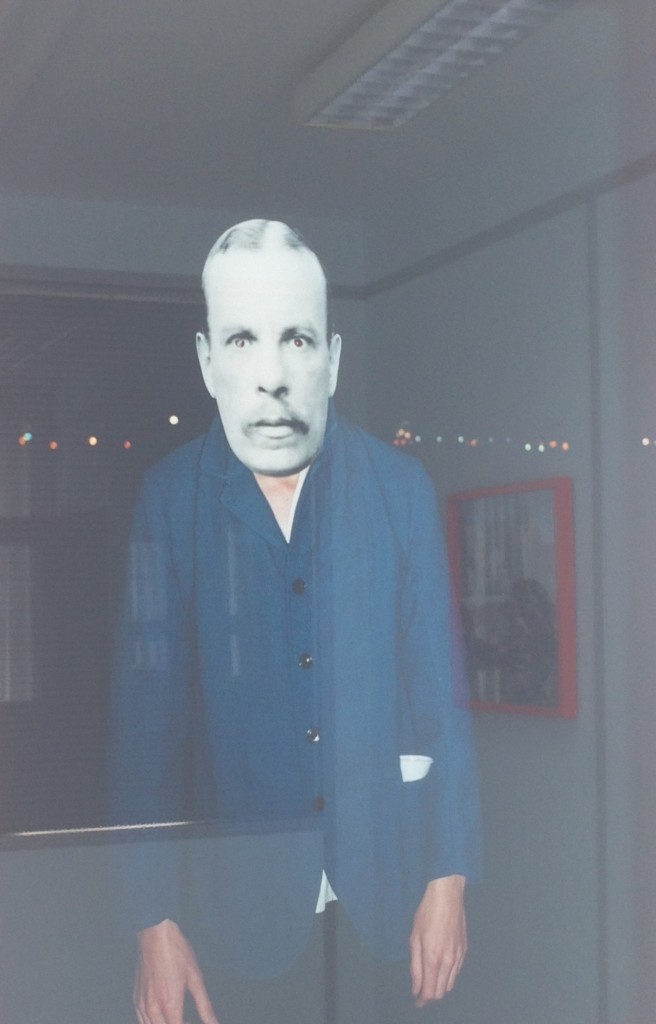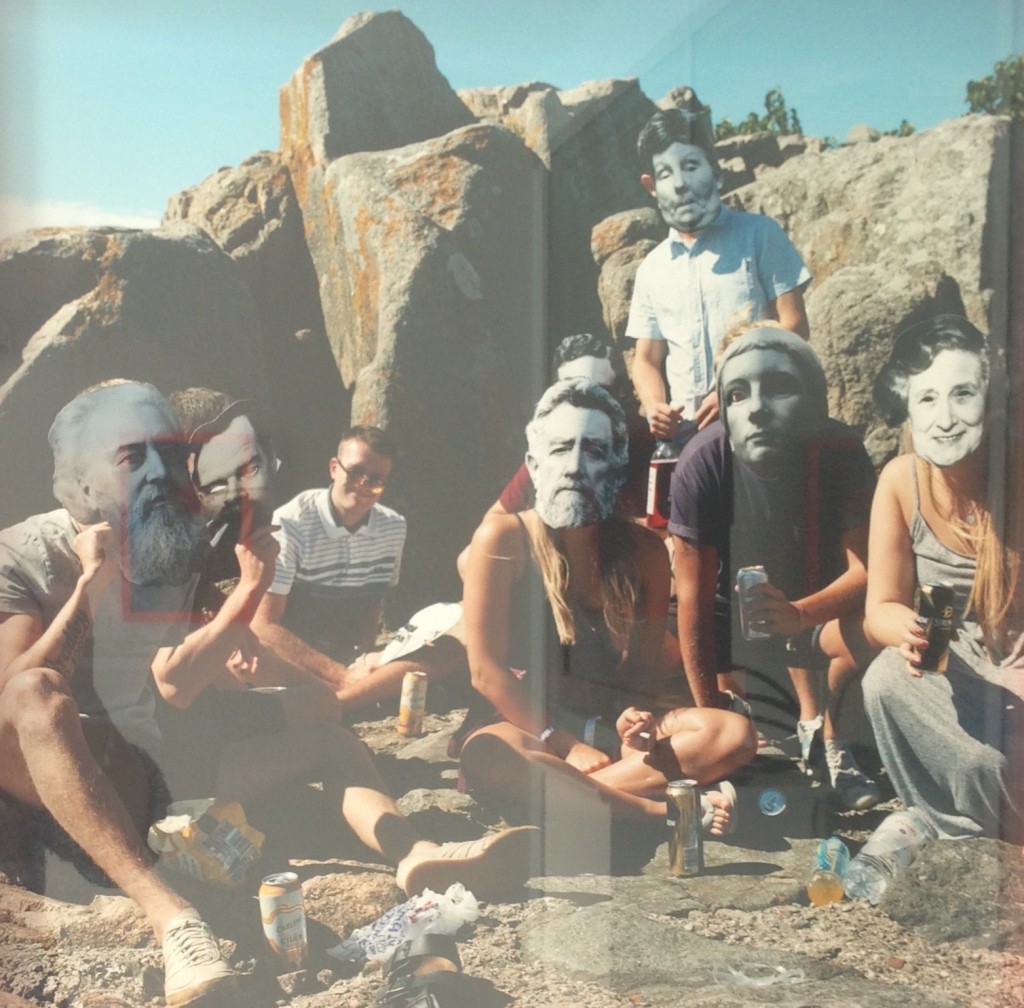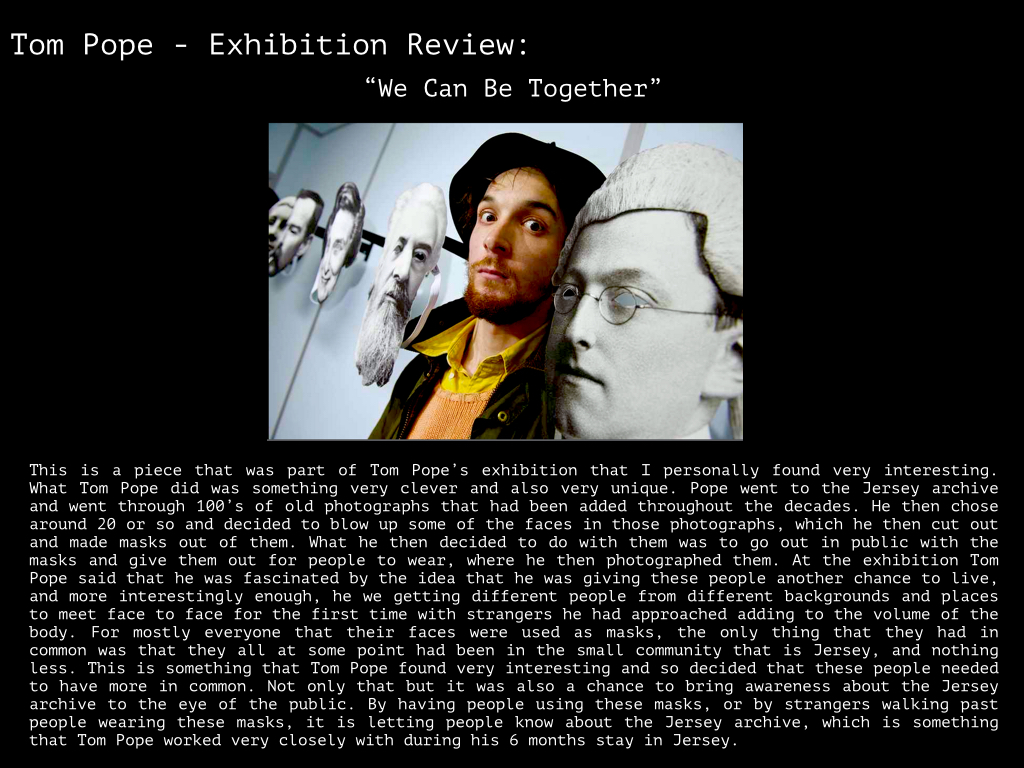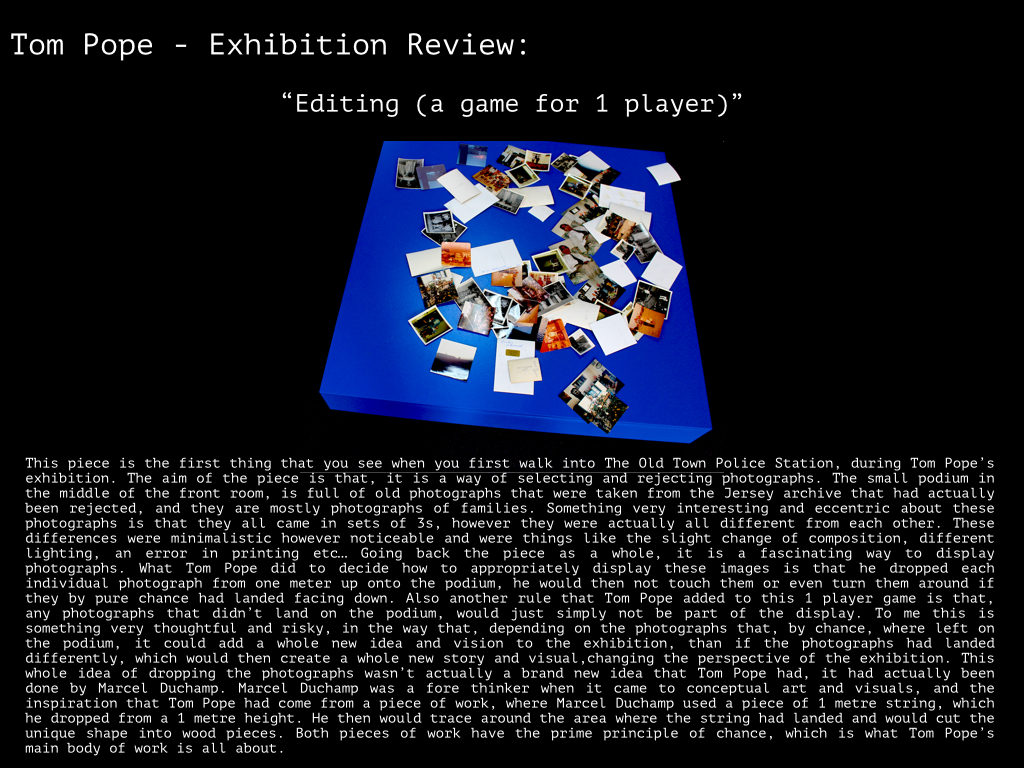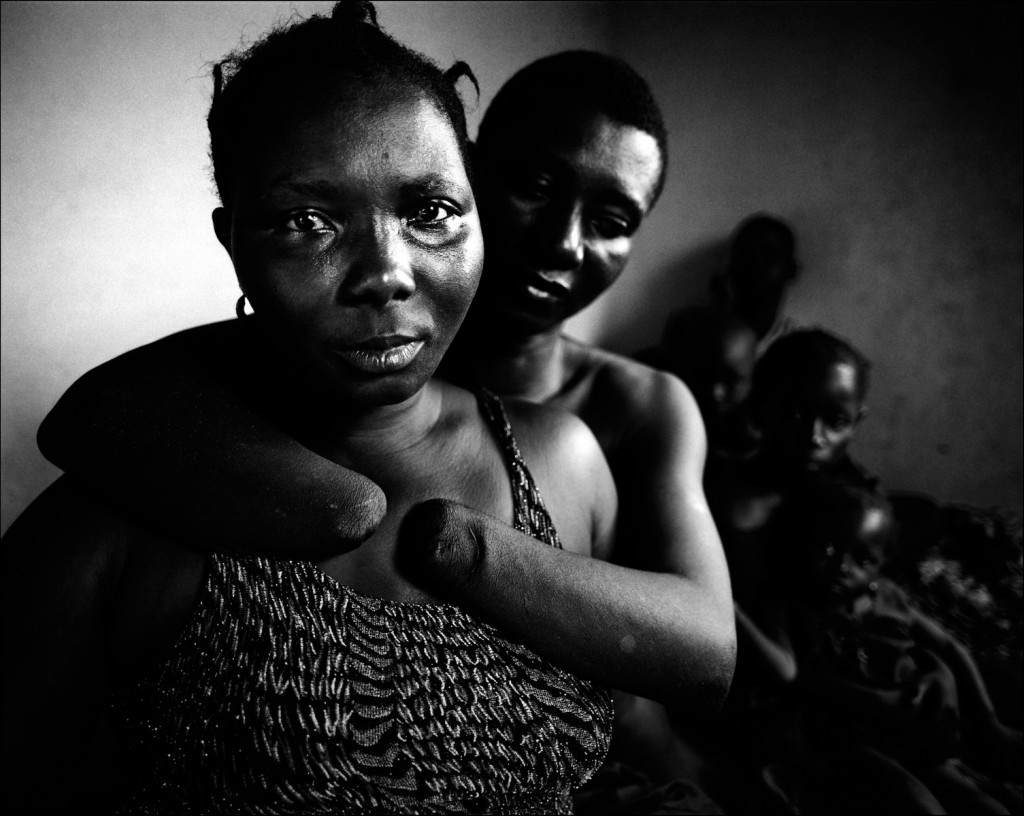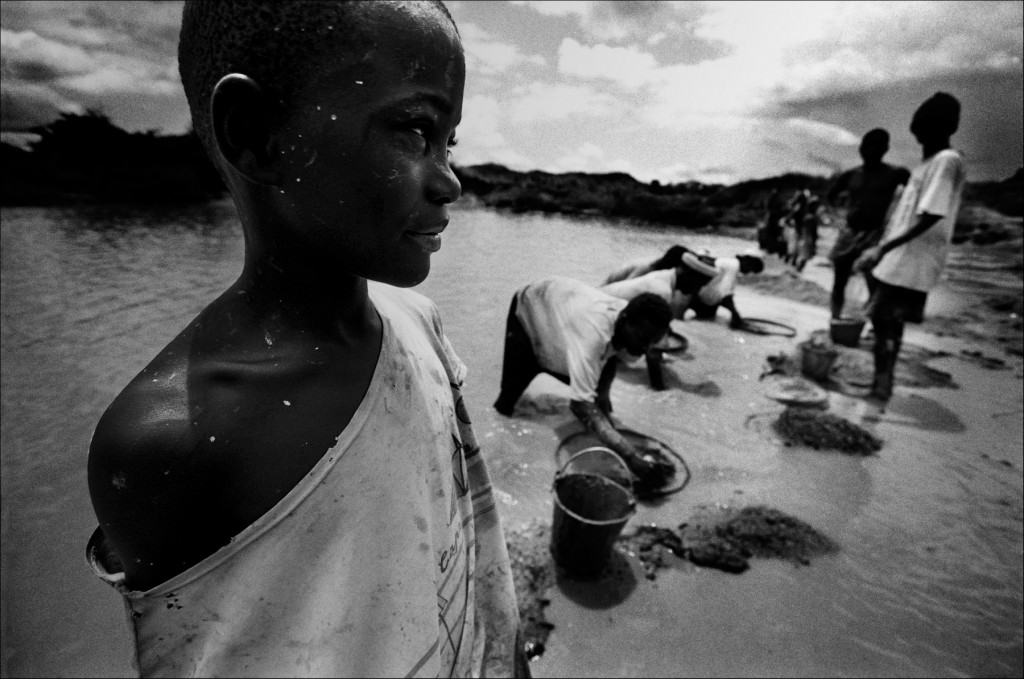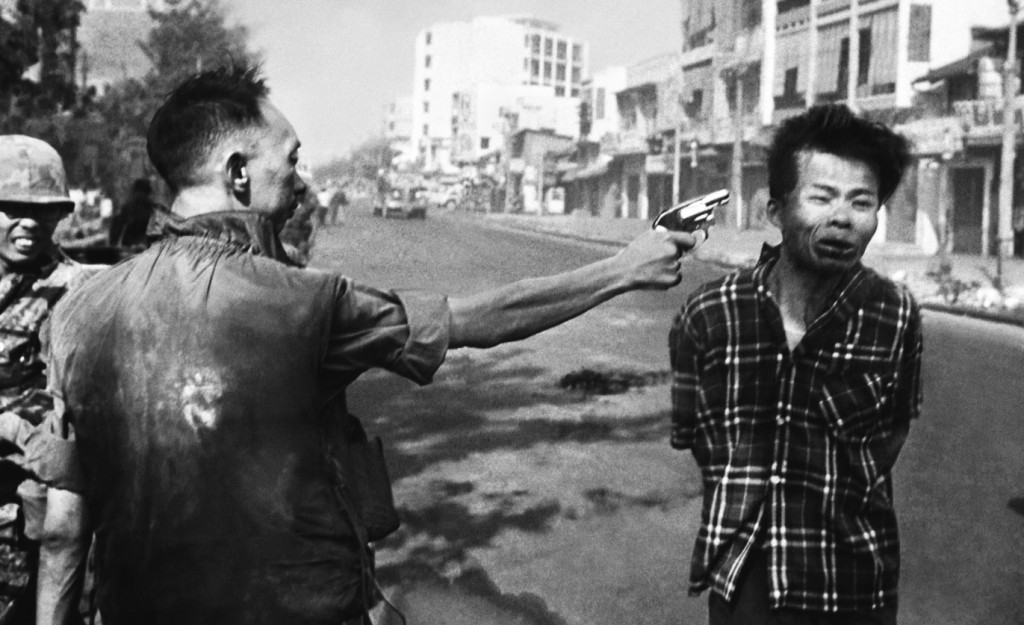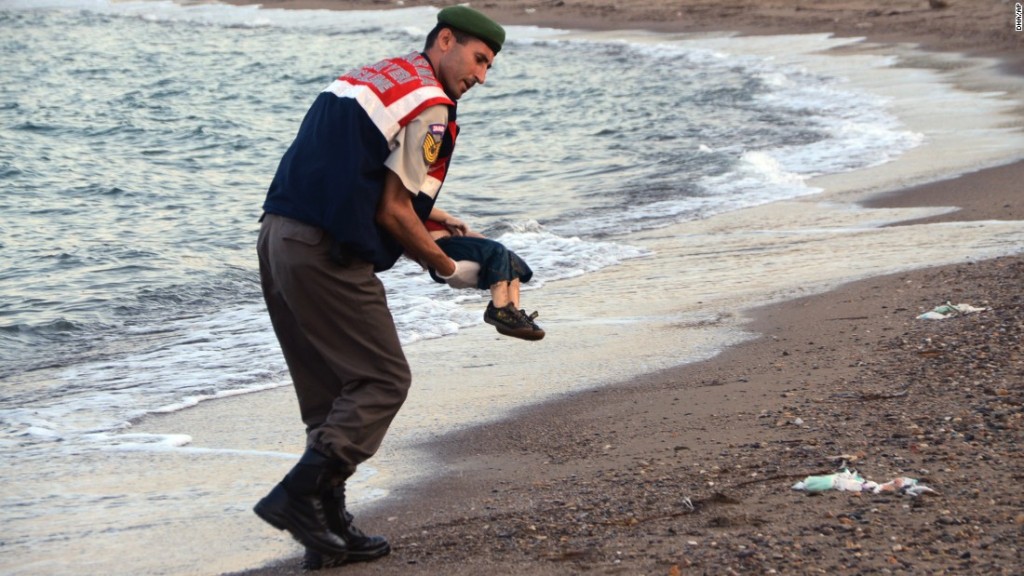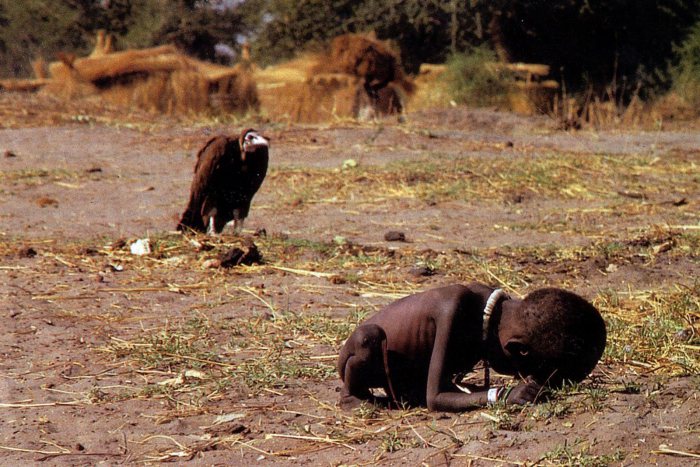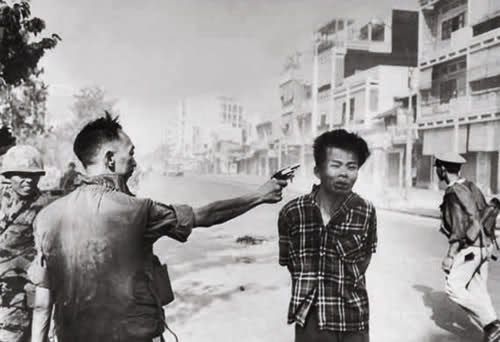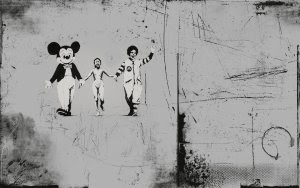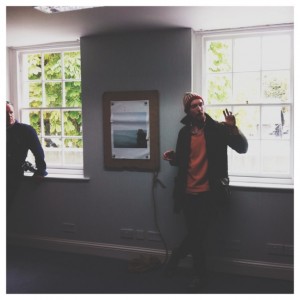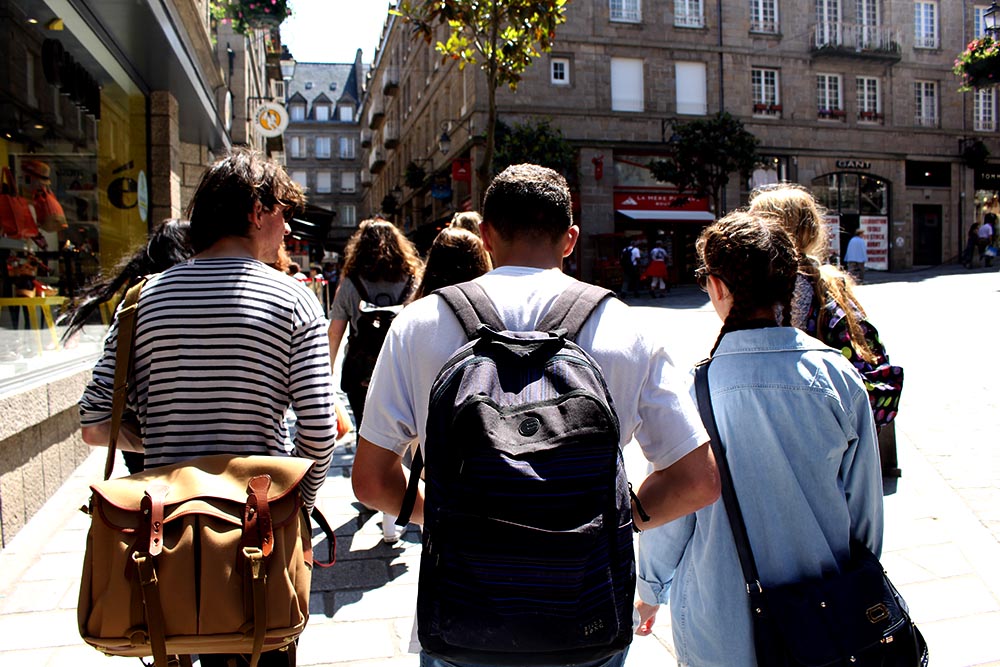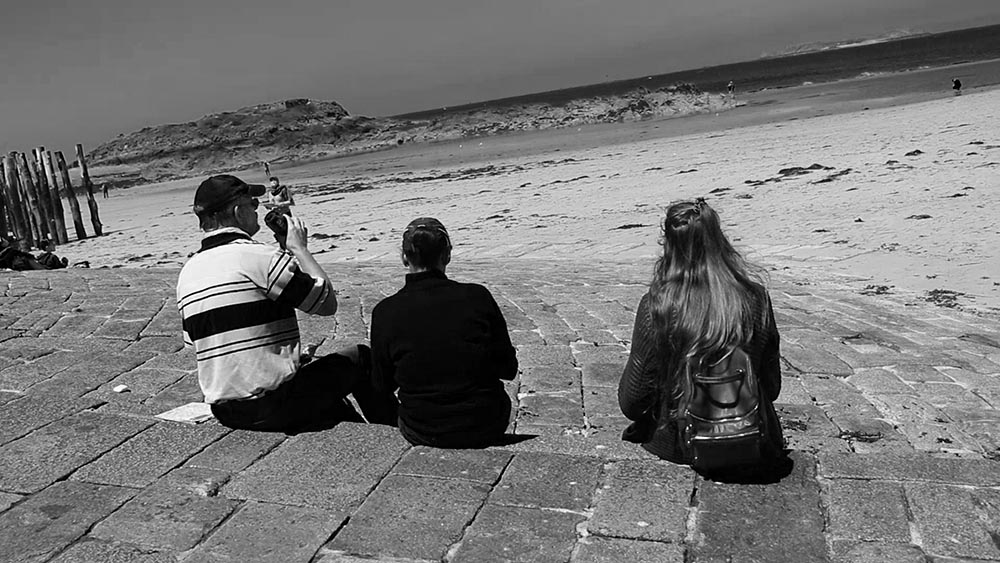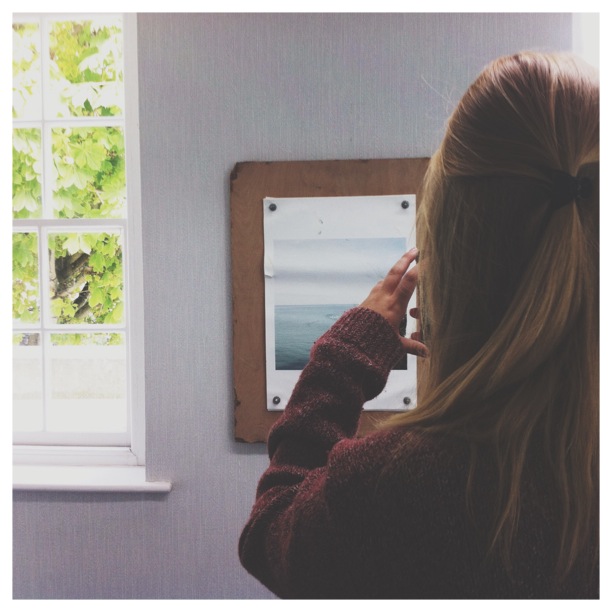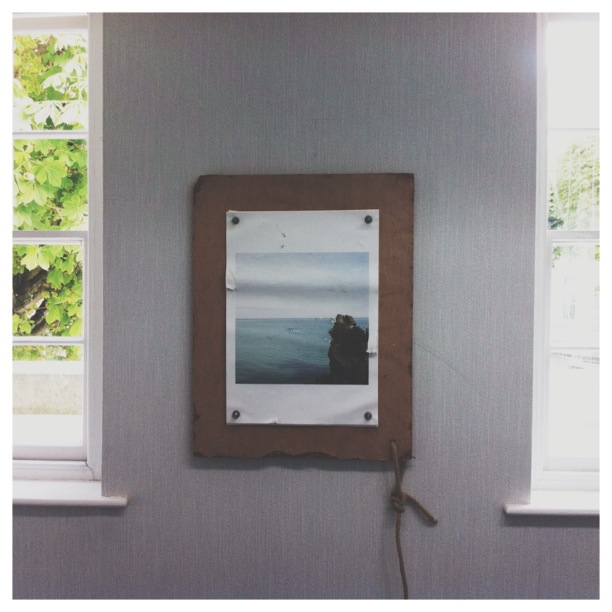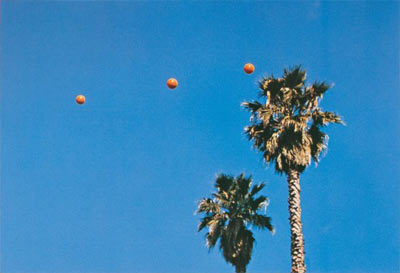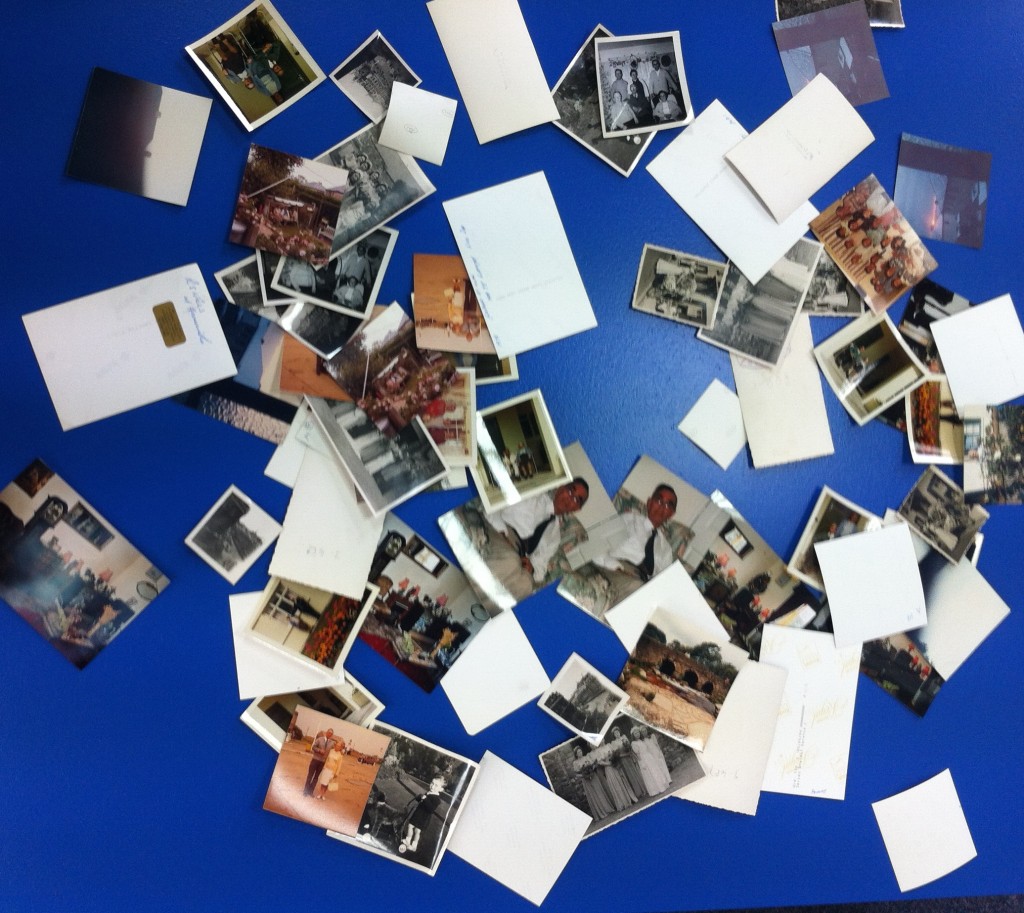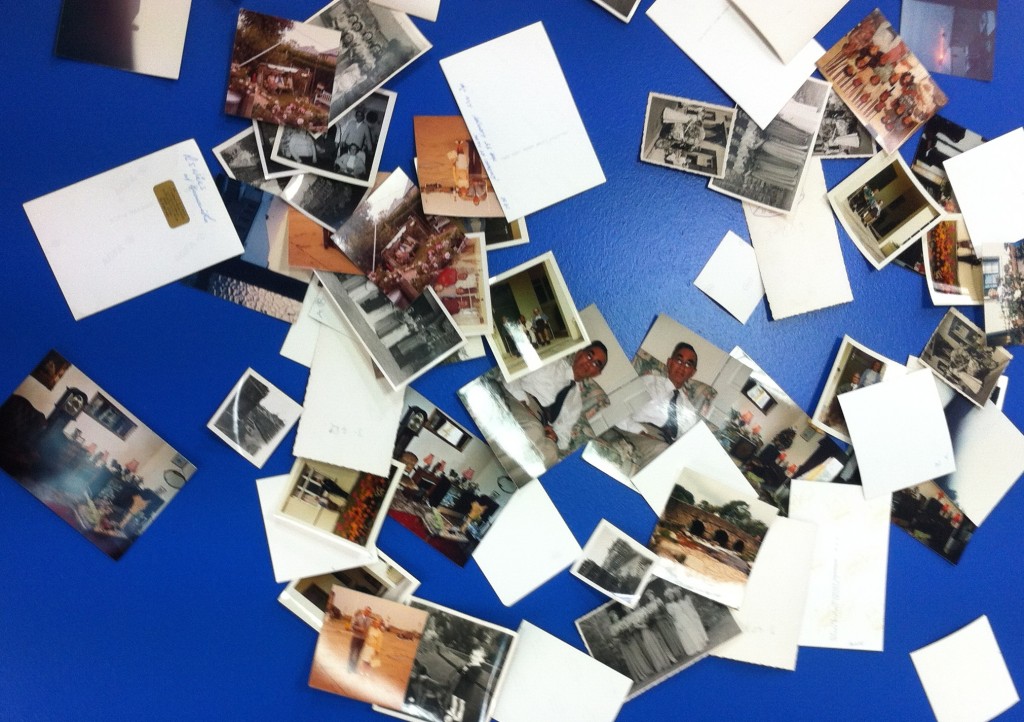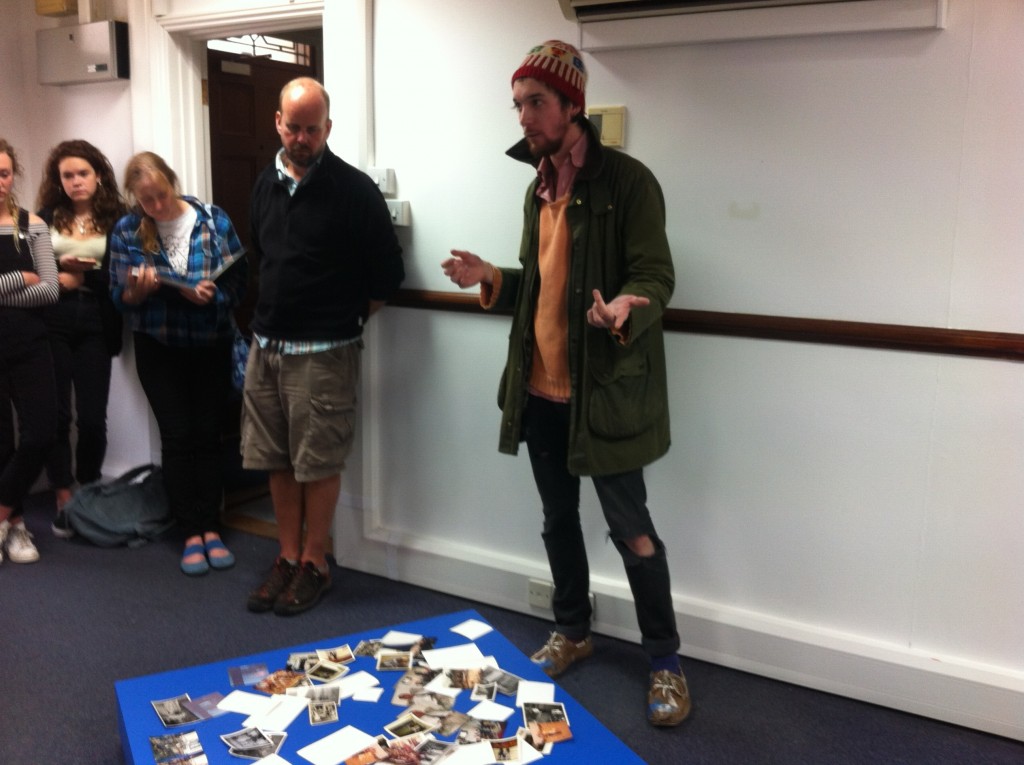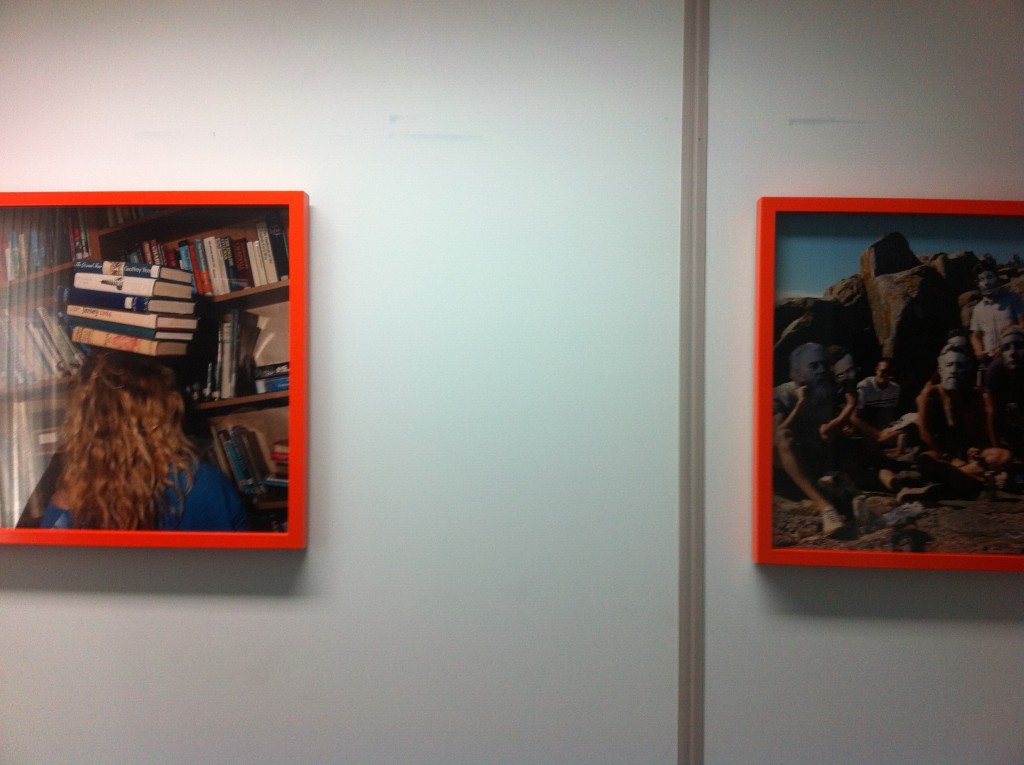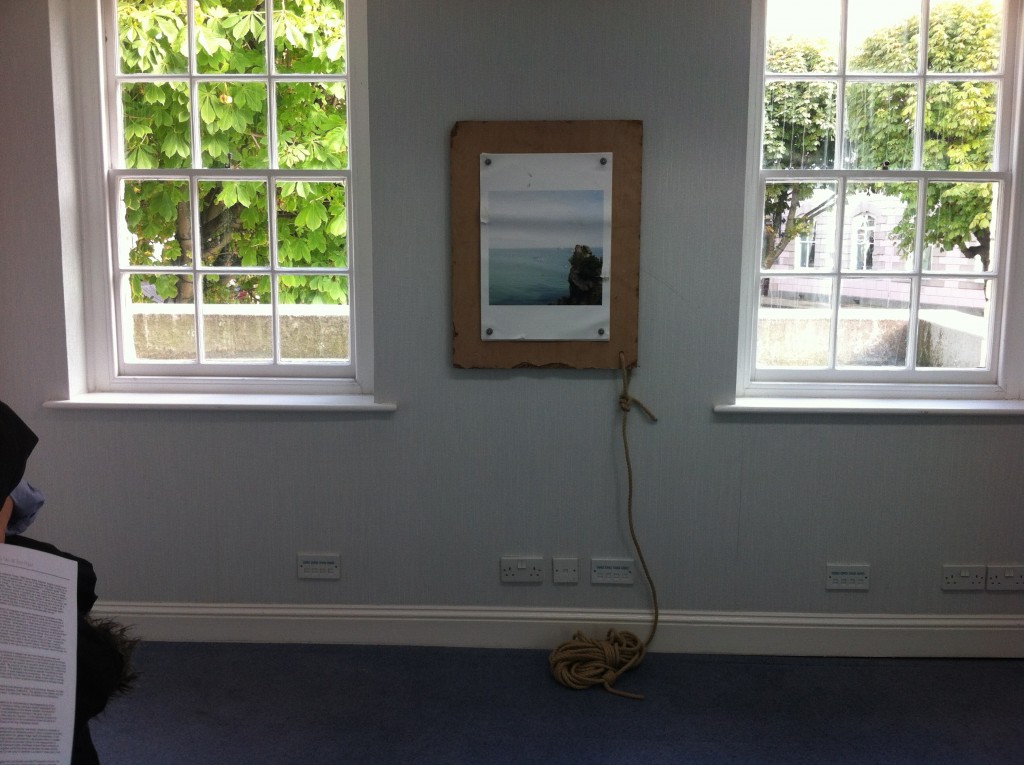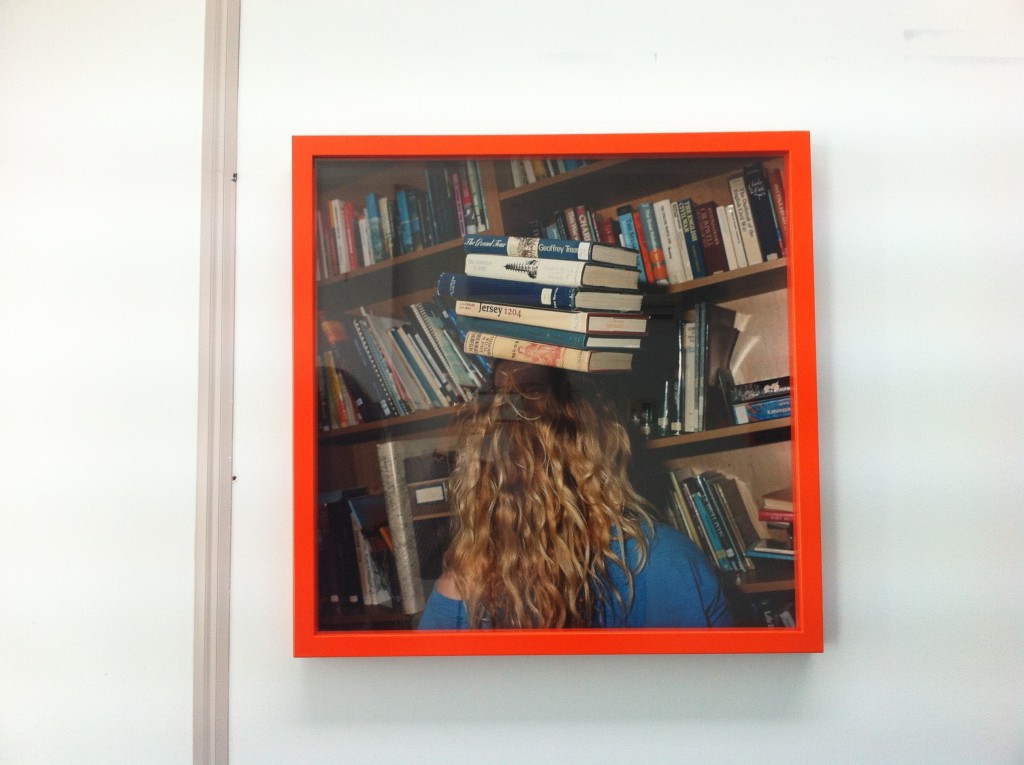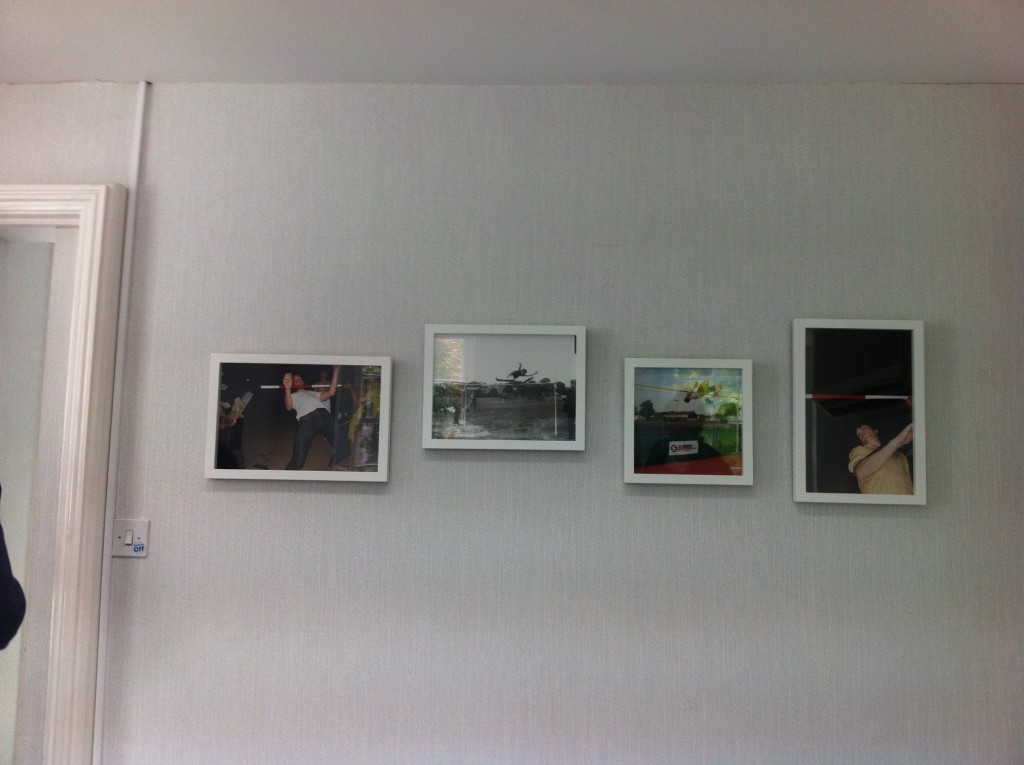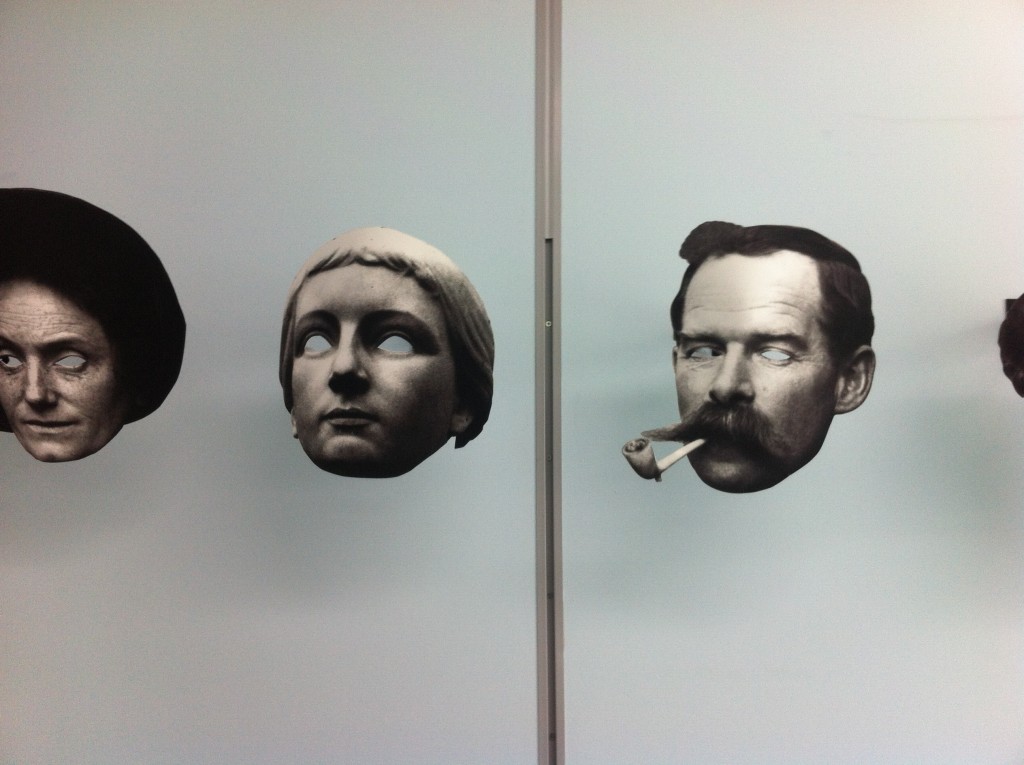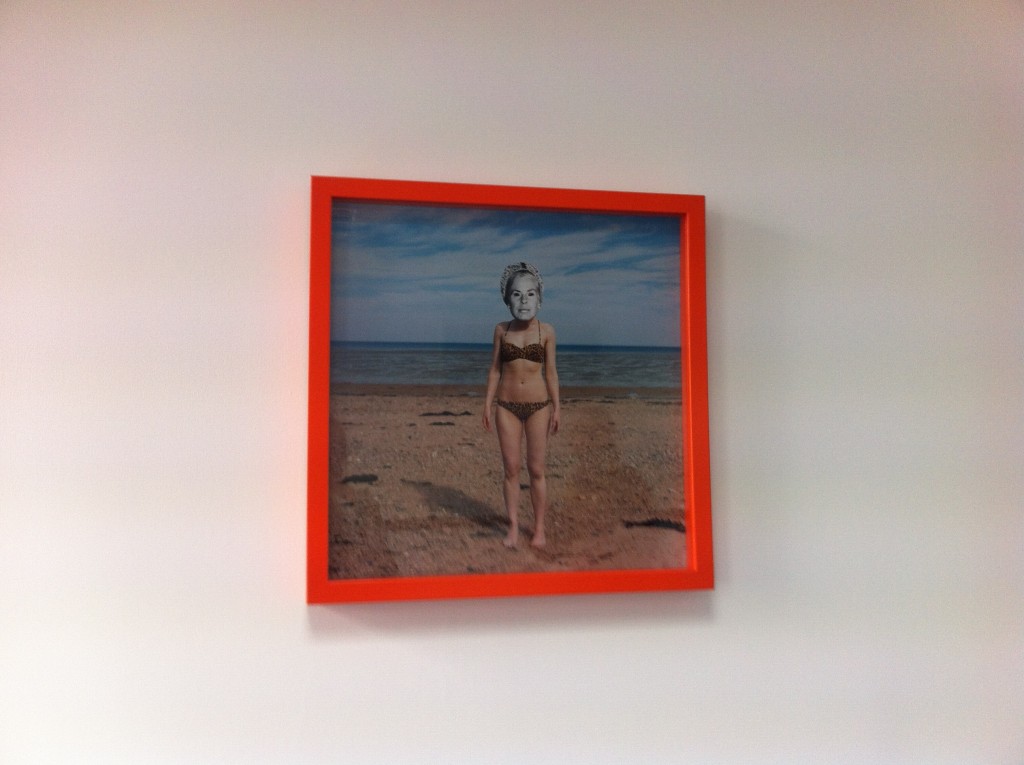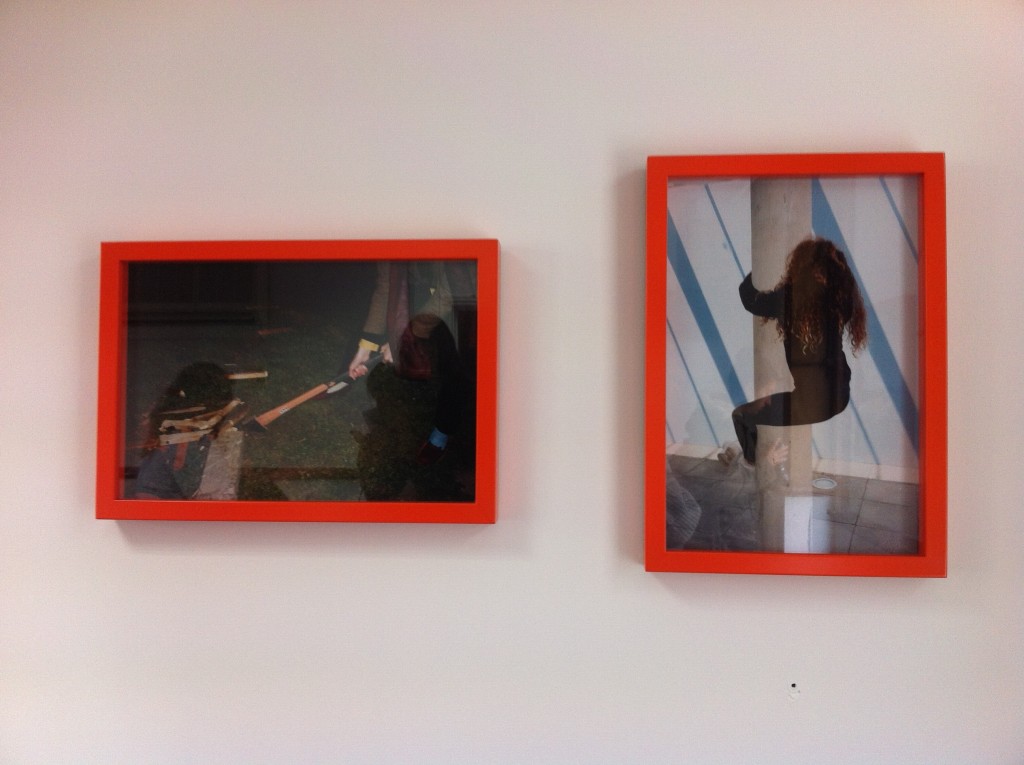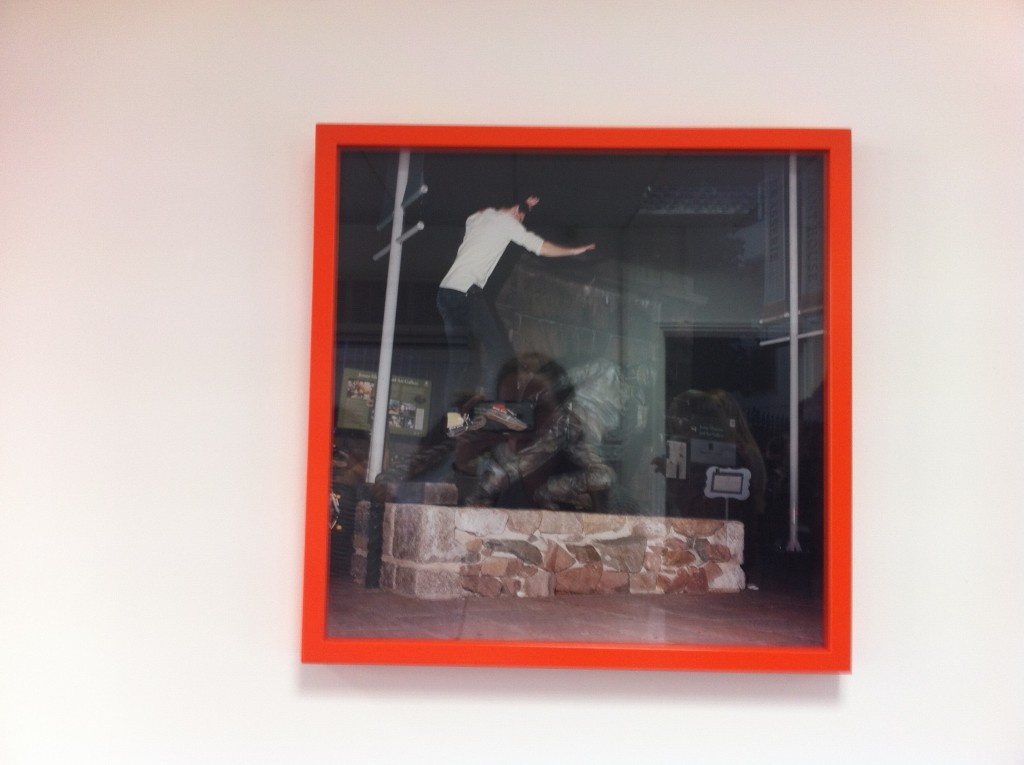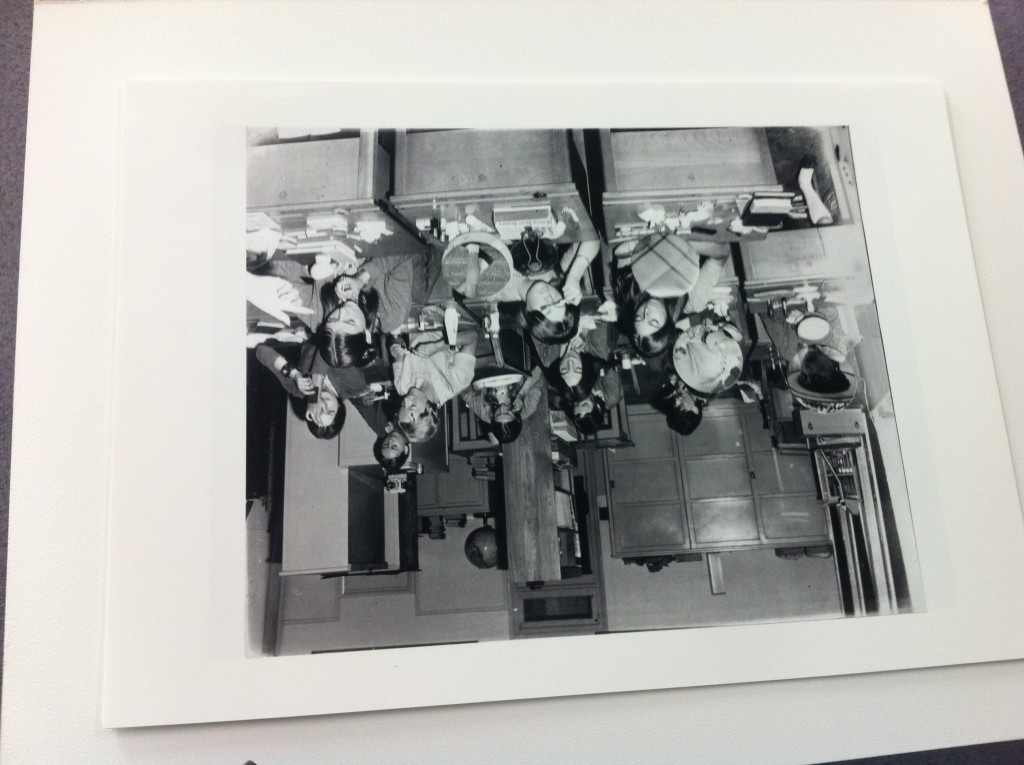Objective: Explore theme of Community in Documentary Photography
DEADLINE: Wed 21st October
Case Study: Atlantus – A Transoceanic Journey
In January 2014 I embarked on a major transoceanic photography project in collaboration with Gareth Syvret at Archisle: the Jersey’s Contemporary Photography Programme hosted by the Societe Jersiaise Photographic Archive. Prompted in part by the 350th anniversary in 2014 of Sir George Carteret naming of the State of New Jersey, USA after Jersey his island home in 1664, the project asks how two places that share a name on opposite sides of the Atlantic Ocean perceive each other within archives and cultural memory? Essentially Atlantus is a story about communities on the west coast of Jersey and the east coast of New Jersey. In five stories responding through image and text to the people, politics, landscapes, industries and identities of these places the Atlantus Project connects memories, archives and imagined lands on opposite side of the Atlantic World. Atlantus is a transoceanic story in which estranged lands of incomparable scale come together in poetic gestures that ask: what’s in a name?
A multi-functional newspaper and DIY exhibition
80 pages
56 colour and 5 monochrome ills.
5 stories
As a photographer you have to think about your audience and how you would like people to engage with your story and project. Produced as a multi-functional newspaper and DIY exhibition you can read Atlantus as a newspaper and with two copies you can create your own exhibition display.
Blog: Produce a number of posts that show evidence of the following:
Task 1: Consider different approaches and aesthetic considerations used to tell this story; classic documentary (i.e. camera bearing witness) compared with staged photography (Tableaux). Identify different types of images produced in Atlantus e.g. a combination of portraits (formal, environmental, observed), landscapes and still-lives (interiors/ objects). Consider the editing, sequencing and grouping of images and how they relate to the text, story titles and use of image caption. Provide further context by comparing Atlantus to works or specific photographs from other photographers/ artists. Situate it within the history and theory of documentary photography
For more background information visit online gallery with a wider selection of images and project blog. Two films are also available for viewing, the first one include sound and interviews with some of the main characters from our story and in the second one you can browse the newspaper.
Atlantus Gallery
Atlantus Blog
Atlantus Film
Your task is to tell a story in a series of images and finding your own voice. How you are going to that in a unique and personal way is essential for you to achieve top marks. There are many different ways and approaches to achieve this. Below are a small section of photographers who are storytellers within documentary practice.
Task 2; Artists references: Select at least one photographers who are exploring the theme of community in their work. Select key works and analyse images in terms of style, form, approach, subject-matter, aesthetics, meaning and what story/message the photographer is trying to communicate.
Alec Soth (Sleeping by the Mississippi, Niagara, Broken Manual, Songbook), Rob Hornstra (The Sochi Project), Chris Killip (Isle of Man: A book about the Manx), Mark Power (The Shipping Forecast), Martin Parr (The last Resort), Lars Tunbjork (Country besides itself), Oliver Chanarin and Adam Broomberg (Ghetto), Stephen Gill (Hackney Wick), David Goldblatt (In Boksburg), Josef Koudelka (Gypsies), Robert Frank (the Americans), Bruce Davidson (East 100th Street, Central Park, Subway), Esko Manniko (The Female Pike), Mary Ellen Mark (Ward 81, Falklands Road), Ken Schles (Nightwalk), Tom Wood (Bus Odessey, All Zones off Peak), George Georgiou (The Last Stop), Robert Adams (The New West), Lewis Baltz (The new Industrial Parks Near Irvine), John Divola (Three Acts), Gary Winogrand (the Animals), Sebastio Salgado (Workers), W.Eugene Smith, Anders Petersen (Cafe Lehmitz), J.H Engstroem (From Back Home – together with Anders Pedersen), Jon Tonks (Empire), Ken Grant (Flock), Vanessa Winship (Schoolgirls, She Dances on Jackson, Black Sea), Lauren Greenfield (Fast Forward, Girl Culture), Ricardo Cases (Paloma al aire), Heikki Kaski (Tranquility), Robert Clayton (Estate), Jason Wilde (Silly Arse Broke It, Guernsey Residency, Estuatry English), Tom Hunter (Le Crowbar), Valerio Spada (Gomorrah Girl), Pieter Hugo (Permanent Error, Nollywood), Alejandro Cartegena (Carpoolers), Janet Delaney (South of Market), Martin Gregg (Midlands) , Lorenzo Vitturi (Dalston Anatomy)
Look up also Picture Agencies/ Photo Collectives:
Sputnik Photos, Document Scotland, A Fine Beginning (Welsh Photo collective), Magnum Photos, Institute, Agence VU, Panos Pictures, World Press Photo
See this folder with artist that exhibited as part of Guernsey Photography Festival 2014
M:\Departments\Photography\Students\Resources\Documentary & Narrative\Research\GPF Open Call Submissions\COMMUNITY
Task 3: Photo-Assignment 2: Explore the theme of Community and make a set of 5 images/ or a 3 min film.
Finding your voice and unique way to tell a story: As a photographer you are always looking for photo-opportunities and for stories that only you can tell. Try and find a personal angle on a story which will make it unique and choose a subject you have access to and can photograph in depth. It could be that you, or someone you know, have a passion for something outside work; a hobby, sport, pastime where you could photograph ‘behind-the-scenes’. Record events e.g. cultural festivities (Battle of Britain), sports competitions, protest/rallies etc. You could also expose something hidden or reveal something about our society and a particular group of people across class, gender, race or ethnicity. Maybe you live in a rural area and wants to highlight life in the country-side, photographing farm communities or parish life. Or, explore the town of St Helier with its hustle and bustle of life on the streets. You could also photograph a particular place, site or landscape which shows traces of human activity in what we refer to as Aftermath Documentary. Look at everyday life and the familiar from a new angle. Be curious and make the ordinary look extraordinary.
Task 4: Editing/Evaluation: Upload pictures from photo-shoot and process in Lightroom. Put contact sheets and edited prints in your blog. Annotate and evaluate pictures.
Presentation: Print out your set of 5 images and present in class for a group crib (Wed 21st October)
For further starting points and inspiration see these videos, read articles , and visit websites and do your own independent research.
An interview with Alec Soth and Aaron Schumann. Link to his website
Video with Lauren Greenfield on her 6 year project, Girl Culture. Link to her website
Rob Hornstra and writer Arnold van Bruggen spend five years working in the Sochi Region where the 2014 Winter Olympics where held. Here is a link to The Sochi Project
In this video, Mary Ellen Mark describes capturing iconic photos, pushing one’s limits and finding intimacy in a shot. Link to her website
South-African photographer David Goldblatt on his celebrated work and photo book, In Boksburg. Link to his website
J.H. Engstrom discussing his recent project and photo book Tout va Bien which won him the Leica Oskar Barnack Award 2015.
Interview with British photographer Chris Killip. Link to his website
2.Photo-Assignment 2: Explore the theme of Community and make a set of 5 images/ or a 3 min film.
As a photographer you are always looking for photo-opportunities and for stories that only you can tell. Try and find a personal angle on a story which will make it unique and choose a subject you have access to and can photograph in depth. It could be that you, or someone you know, have a passion for something outside work; a hobby, sport, pastime where you could photograph ‘behind-the-scenes’. Record events e.g. cultural festivities (Battle of Britain), sports competitions, protest/rallies etc. You could also expose something hidden or reveal something about our society and a particular group of people across class, gender, race or ethnicity. Maybe you live in a rural area and wants to highlight life in the country-side, photographing farm communities or parish life. Or, explore the town of St Helier with its hustle and bustle of life on the streets. You could also photograph a particular place, site or landscape which shows traces of human activity in what we refer to as Aftermath Documentary. Look at everyday life and the familiar from a new angle. Be curious and make the ordinary look extraordinary.
3.Editing/evaluation: Upload pictures from photo-shoot and process in Lightroom. Put contact sheets and edited prints in your blog. Annotate and evaluate pictures.
Presentation: Print out your set of 5 images and present in class for a group crib (Wed 21 October)

